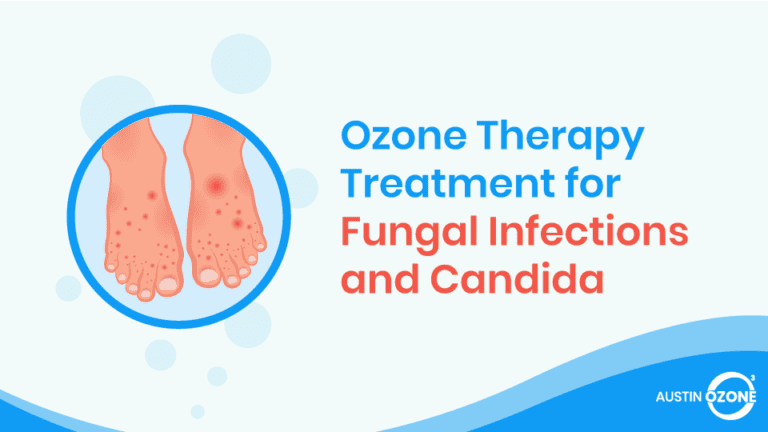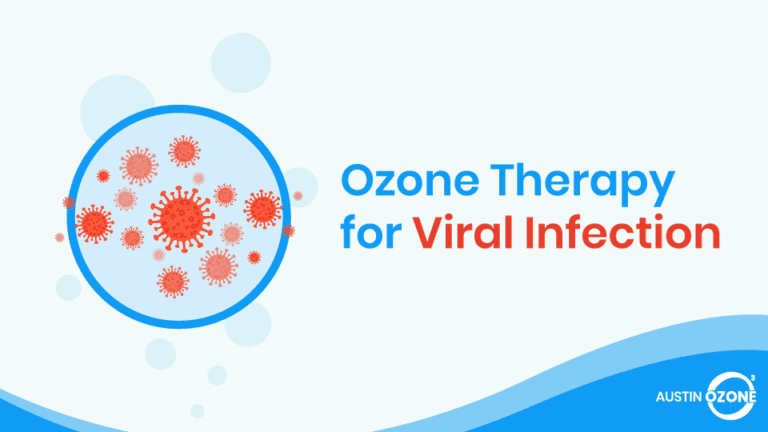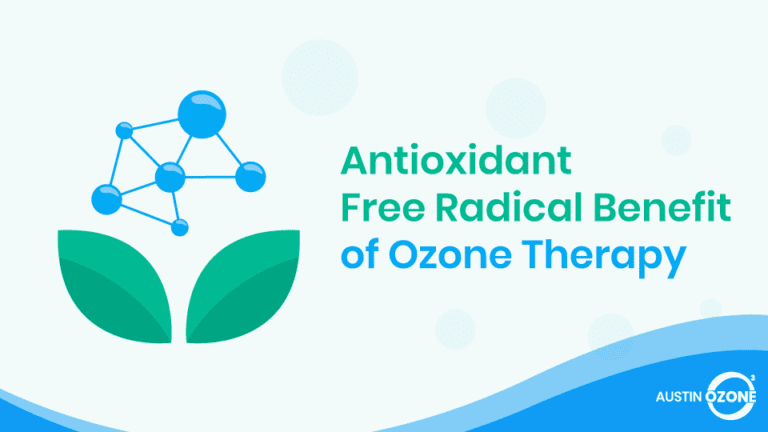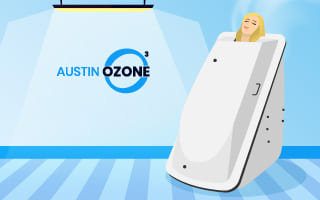Infections2 caused by bacteria, viruses, and fungi can either be short-term or life-threatening, depending on their severity. These harmful microorganisms can infect one cell and spread to other cells, infecting whole tissues.
Some infections are even capable of killing the tissues, leading to organ failure. In response, the body generates antibodies to resist those infectious agents.
What Are Pathogens?
Pathogen is a collective term for harmful microorganisms that are parasitic in nature, meaning they can survive, multiply, and colonize by taking energy and nutrients from their host.
Pathogens can spread in different ways: through skin contact, transfer of bodily fluids, ingestion of contaminated food or drink, inhalation, or direct contact with a contaminated object. Some pathogens are also capable of producing toxins.
Pathogens can come in the form of bacteria, viruses, and fungi.
Bacteria
These are single-celled organisms that are classified according to their cell wall, shape, and genetic make-up. Bacteria can live almost anywhere, including inside the human body. Not all bacteria are bad. Some bacteria can be quite helpful, while some are simply destructive.
Commensal bacteria, particularly those found in the human gut, can help digestion, and further develop the immune system. Bad or pathogenic bacteria, on the other hand, can make you sick and be downright deadly. Bacterial infections often affect muscular tissues, nerves, and blood vessels.
Viruses
It is the smallest type of pathogen – so small that it can even infect bacteria. Unlike other pathogens, they can multiply on their own exponentially. What viruses do is take over the host cell and use that cell’s own processes to create more copies of itself. Some viruses remain dormant in the body.
For example, the virus Varicella zoster, which causes chicken pox, does not go away as soon as you recover. The virus simply retreats and hides itself in the nerve tissues near the spinal cord and can resurface later in life. This means there’s no guarantee you won’t get it again after being exposed to it.
Fungi
When people talk about fungi, most would think of mushrooms. However, there are different kinds of fungi, and some are classified as pathogenic. Fungi survive by feeding on decaying remains; in the case of humans, they often feed on dead cells.
Most fungal infections are not life-threatening, although their presence can be quite embarrassing. They often take the appearance of an itchy, scaly, discoloured rash that does not easily go away.
Symptoms of Bacterial, Viral, and Fungal Infections
Different pathogens cause different diseases with different signs and symptoms. However, the most common symptom for all bacterial, viral, and fungal infection is fever.
Fevers are often triggered by pyrogens2, a chemical substance present in the bacteria, virus, and fungi. Pyrogens cause the release of prostaglandin E2, which acts as a thermal regulator on the brain’s hypothalamus.
Moreover, pyrogens help in the production of cytokines, a special protein produced by immune cells and that increases the thermoregulation set point of the body. This makes the person feel cold and shiver, thus producing the needed heat to match the brain’s temperature. Other common symptoms of infection can include fatigue, night sweats, chills, pain, swelling, and loss of appetite.
When left untreated, these types of infections can cause further complications to your health.
Who Gets Infected?
Whether it is bacterial, viral, or fungal, those in direct contact with the contaminated source get the highest chance of being infected. Direct contact can include touching, kissing, or sexual intercourse.
Many infections are airborne, meaning they are transmitted by small, invisible water droplets in the air. These infections can be passed from person-to-person simply by being within close vicinity of an infected person and breathing in the same air.
Airborne infections are more likely to spread when the infected person coughs or sneezes because the water droplets emitted from their nose or mouth become larger.
Many infections are airborne, meaning they are transmitted by small, invisible water droplets in the air. These infections can be passed from person-to-person simply by being within close vicinity of an infected person and breathing in the same air.
Infection can also be transmitted through the sharing of personal items, blood transfusions, and during childbirth (i.e., infants can get the infection from their mothers).
In some cases, the source of infection comes from contaminated food and drink. This is often brought about by unsanitary food preparation or improper cooking. Other times, it can come from animal bites as in the case of rabies.
Those who have weak immune systems are more prone to getting infections compared to those with normal immune systems. The latter can effectively fight off the infections as opposed to those who are inherently weak.
Schedule an Ozone Therapy Session Today!
How to Diagnose an Infection?
While infections share the same characteristic symptoms, this does not mean their remedies and treatments can be interchanged. This is why proper diagnosis is important — to get the correct treatment. A doctor can make a diagnosis based on physical examination, your medical history, and the symptoms you are currently exhibiting.
In some cases, getting a laboratory sample is required to determine the type of pathogen that is causing your illness. Laboratory samples can include urine, blood, stool, sputum, nasal or throat swabs, and cerebrospinal fluid. Some might even require a tissue biopsy to specifically determine the type of pathogen present in your body.
Standard Treatment for Bacterial, Viral, and Fungal Infections
The standard treatment for these kinds of infections often require antibacterial, antiviral, or antimycotic / anti-fungal medications. For bacterial infections, antibiotics are needed to destroy the bacterial cell walls, causing the bacteria to die quickly. However, the problem with bacterial infections is that the bacteria can also develop antibiotic resistance8.
Antiviral drugs, on the other hand, serve to inhibit the progress and development of viruses. They are able to interfere with the virus’ ability to infiltrate and bind to the host cell. Another treatment for viruses is the use of viricides, which can act as a disinfectant and destroy viruses.
Topical antifungals seem to be the standard treatment for fungal infections. These often come in the form of liquids, sprays, and creams. Some antifungals also come in the form of oral tablets. They are used to treat fungal infections found in the mouth and throat.
While antibiotic resistance is most common, it is not unheard of for viruses and fungi to develop the same resistance to medications and treatments. This resistance renders the treatment ineffective, enabling the infection to persist and spread to others.
Ozone Therapy as Alternative Treatment for Infections
While ozone shares the same chemical element as oxygen, the former is far more reactive than the latter. This makes it more likely to react with and oxidize molecules.
Since World War I, ozone therapy has been used to address various medical conditions, including infections. Initially, medical ozone6 had been used to sanitize drinking water and sterilize surgical tools. For this reason, it has been established fairly early that medical ozone can destroy and stop the growth of bacteria, fungi, and viruses7.
While ozone shares the same chemical element as oxygen, the former is far more reactive than the latter. This makes it more likely to react with and oxidize molecules.
Medical ozone is produced by running pure oxygen gas through an ozone generator. Over the years, different methods of ozone administration have been developed. The most common method, major autohemotherapy (MAH), is often used to revitalize the immune system and strengthen it so it can fight off infections. It can also be used to improve the body’s biological resistance against harmful microorganisms.
Aside from MAH, people can also try applying ozonated water, gel, or oil directly on the affected area, instead of using antifungal medications. Ozone insufflation is another popular method of killing the bacteria and viruses living inside the human body.
Summary
Most infections are caused by harmful microorganisms that enter the body. These microorganisms, also known as pathogens, can be classified into three types: bacteria, viruses, and fungi.
These pathogens can live, survive, and multiply by acting as parasites to the host cell. The sources of these pathogens can vary, but their mode of transfer is almost similar, with direct contact being the most common.
The signs and severity of the symptoms depend on the type of pathogen that is causing the infection. However, it is also possible for these pathogens to exhibit similar symptoms such that it becomes hard to distinguish the kind of microorganism causing the infection. In this regard, proper diagnosis is the key to getting the correct medication and treatment.
Ozone therapy has been steadily gaining popularity as an alternative treatment for infections.
The standard treatment for infections often includes either over-the-counter drugs or prescription medications. Nevertheless, these substances are not always effective, as some pathogens can develop a resistance against them. This is why ozone therapy has been steadily gaining popularity as an alternative treatment for infections.
Medical grade ozone has been known as an effective disinfectant that can destroy bacteria, viruses, and fungi without imparting any side-effects. It is also considerably a cheaper alternative compared to the standard methods of treatment. Patients suffering from bacterial, viral, and fungal infection are often recommended to undergo either MAH or insufflation to overcome the infection.
Schedule an Appointment Today
References
- Coastal Periodontics. (n.d.). Maintain your health with natural dental ozone therapy. Retrieved from https://www.coastalperiodontics.com/advanced-technology/ozone-therapy
- Cole, L., & PR, K. (2016). Bacteria, virus, fungi, and infectious diseases. Human Physiology, Biochemistry and Basic Medicine, 193-196. doi: 10.1016/B978-0-12-803699-0.00040-2
- Logan, K. (2018). Extended-spectrum beta-lactamases (ESBL-EC) producing escherichia coli urinary tract infection treated with ozone therapy. Revista Española de Ozonoterapia. 8(1), 145-152
- Marchionda Imaginative Medicine Institute LLC. (n.d.). Ozone therapy. Retrieved from https://www.mimicares.com/ozone-o3-therapy/
- Monzillo, V., Lallitto, F., Russo, A., Poggio, C., Scribante, A., Arciola, C. R., Bertuccio, F. R., & Colombo, M. (2020, April 1). Ozonized gel against four Candida species: A pilot study and clinical perspectives. Materials, 13(7), 1731
- Natural Terrain Naturopathic Clinic. (n.d.). Ozone therapy. Retrieved from http://naturalterrain.com/ozone-therapy/
- Poliklinika Holistera. (n.d.). Ozone therapy. Retrieved from http://www.poliklinikaholistera.hr/en/ozone-therapy/
- Rowen, R. (2018). 6. Rowen, R. (2018). Ozone therapy as a primary and sole treatment for acute bacterial infection: case report. Medical Gas Research, 8(3), 121-124. doi: 10.4103/2045-9912.241078






